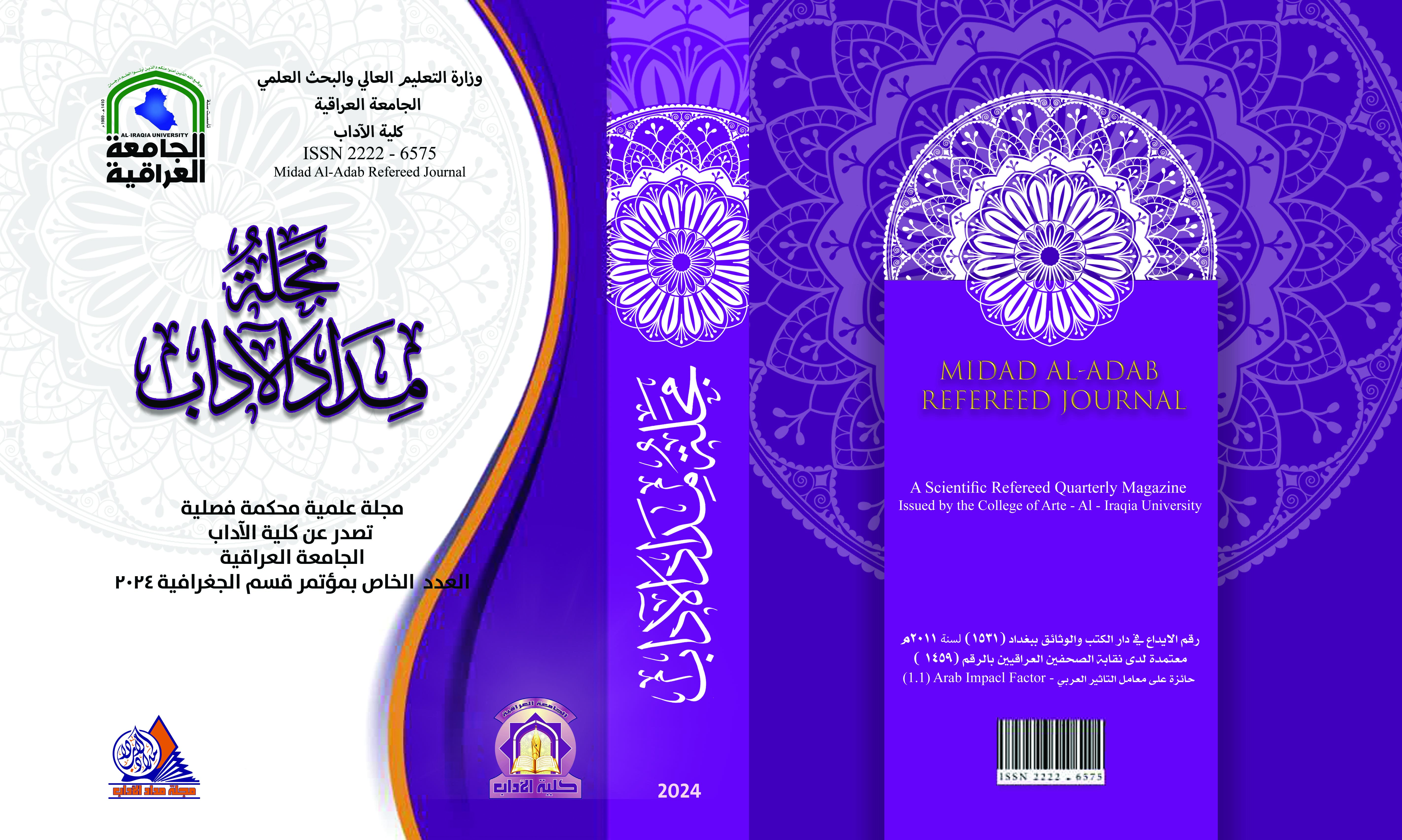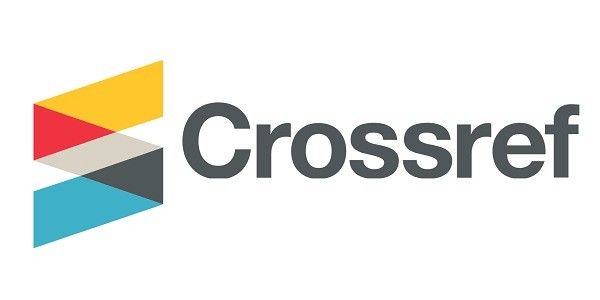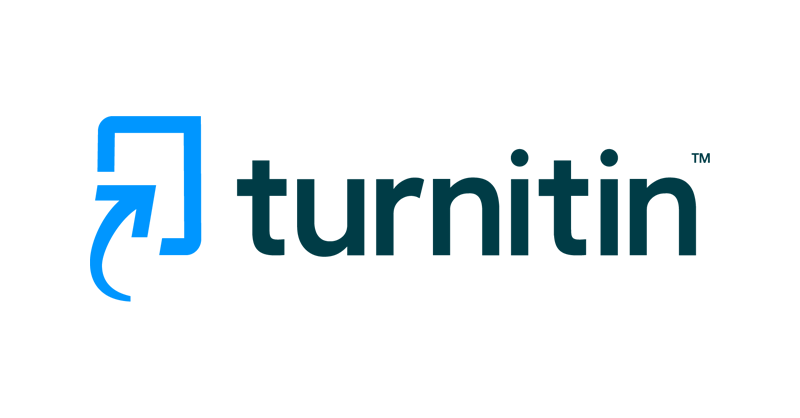التحليل الهايدرولوجي لحوض وادي كوردله في قضاء الدبس وإمكانية استثماره في حصاد المياه باستخدام نظم المعلومات الجغرافية
DOI:
https://doi.org/10.58564/ma.v14iالعدد%20الخاص%20بمؤتمر%20قسم%20الجغرافية.1509الكلمات المفتاحية:
كلمات مفتاحية:- كوردلة ، تحليل هيدرولوجي ،GISالملخص
تُعد الدراسة الحالية ( التحليل الهايدرولوجي لحوض وادي كوردله في قضاء الدبس وإستثماره في حصاد المياه), وتُعتبر هذه الدراسة أحد الدراسات الهايدرولوجية المهمة، حيث يُعتبر حوض وادي كوردله من بين الأحواض المائية غير المرصودة. تم الاستفادة من نظام المعلومات الجغرافية والخرائط الطبوغرافية ونموذج الارتفاع الرقمي (DEM) والتي تعتبر من ضمن عمليات الذكاء الاصطناعي كأدوات لإعداد خرائط متعددة للأقسام السطحية وخريطة شبكة التصريف النهري. تم تصنيف الشبكة النهرية وفقًا لطريقة Strahler إلى مراتب نهرية للحوض، وتم استخلاص الخصائص المورفومترية والهيدرولوجية وتحليل علاقتها بالظواهر الهيدرولوجية وتأثيرها على التصريف المائي والفيضانات. تم تحديد عشرة أحواض ثانوية تتنوع في خصائصها المساحية والشكلية والتضاريسية والمورفومترية. تم اختيار ستة مواقع لبناء سدود لتجميع المياه ، وكان السد الرابع هو الأفضل لحصاد المياه بسبب قدرته العالية على التخزين حيث يصل سعة بحيرة السد إلى 16,031,400 متر مكعب، ويتميز بموقعه الذي يجمع بين مجاري المياه في الوادي والبعد عن التشققات والصدوع التي تؤدي إلى فقدان كميات كبيرة من المياه. تم استخدام المرئيات الفضائية مثل Landsat و QuickBird في الدراسة. توصي الدراسة باستخدام نظام المعلومات الجغرافية في الدراسات الهايدرولوجية، خاصة في تحديد مناطق تجميع المياه وبناء السدود (حصاد المياه) للاحتفاظ بالمياه واستخدامها في المستقبل، مع مراعاة استخدام البيانات الحديثة مثل المرئيات الفضائية ونماذج الارتفاع الرقمي لإنشاء قاعدة بيانات جغرافية للمتغيرات الهايدرولوجية.
التنزيلات
منشور
إصدار
القسم
الرخصة

هذا العمل مرخص بموجب Creative Commons Attribution-NonCommercial-NoDerivatives 4.0 International License.








